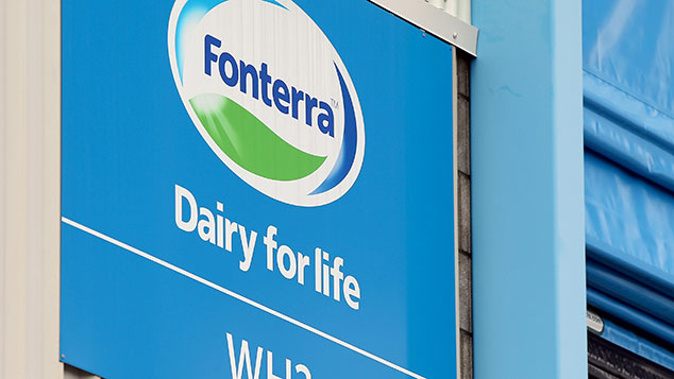
Fonterra farmers will go without a "retro" payment this July after co-operative said it would be re-balancing its payments to reflect the fact that they were paid higher prices early in the season, when prices were more buoyant.
Miles Hurrell, group director of co-operative affairs, said extreme volatility in global milk prices had seen GlobalDairyTrade prices range by 42 per cent since August last year.
"As a result, our milk price has been revised down during the season, meaning our farmers have been paid for a proportion of their milk at prices higher than the current forecast," he said response to questions from the New Zealand Herald.
"We have remained in touch with our farmers throughout the year to update them on market conditions.
"We appreciate this is a tough time for farmers and cashflows will be tight through winter, and will continue to keep them informed on the outlook and expectations for the remainder of the season."
Trade publication Dairy Trader said that for a farmer with 100,000kg annual production, it appeared the July payment would be nil, the August one about $12,000 and the September and October ones about $5000, plus payments for new season's production.
That compared with as much as $200,000 an average farm was paid in tops-ups over July to October last year, Dairy Trader said.
Mike McIntyre, head of derivatives trading at First NZ Capital, said farmers would face cashflow problems in the months ahead.
"While all and sundry have been aware that tough times are ahead, to see the numbers laid bare like this will have many observers of the NZ economy sit up and take notice," he said.
The Reserve Bank this week said increased dairy farm foreclosures look likely if product prices remained weak.
The central bank, in its latest financial stability report, estimated that about 30 per cent of dairy debt is concentrated among the most indebted 10 percent of farms.
The bank does not keep data on the number of farm foreclosures, but information in this week's Financial Stability Report showed rural non-performing loans represented just 1 per cent of sectoral lending in the year to March down from a peak of about 4.5 per cent in 2011.
The Reserve Bank said around 11 per cent of farm debt is held by farmers who are currently experiencing both negative cash flow and have elevated loan-to-value ratios.
"This would seem a fair assessment of those who might be under stress in 2015/16," said one market commentator.
Take your Radio, Podcasts and Music with you









